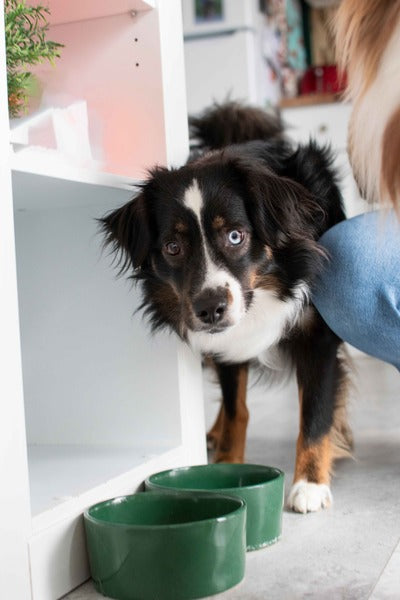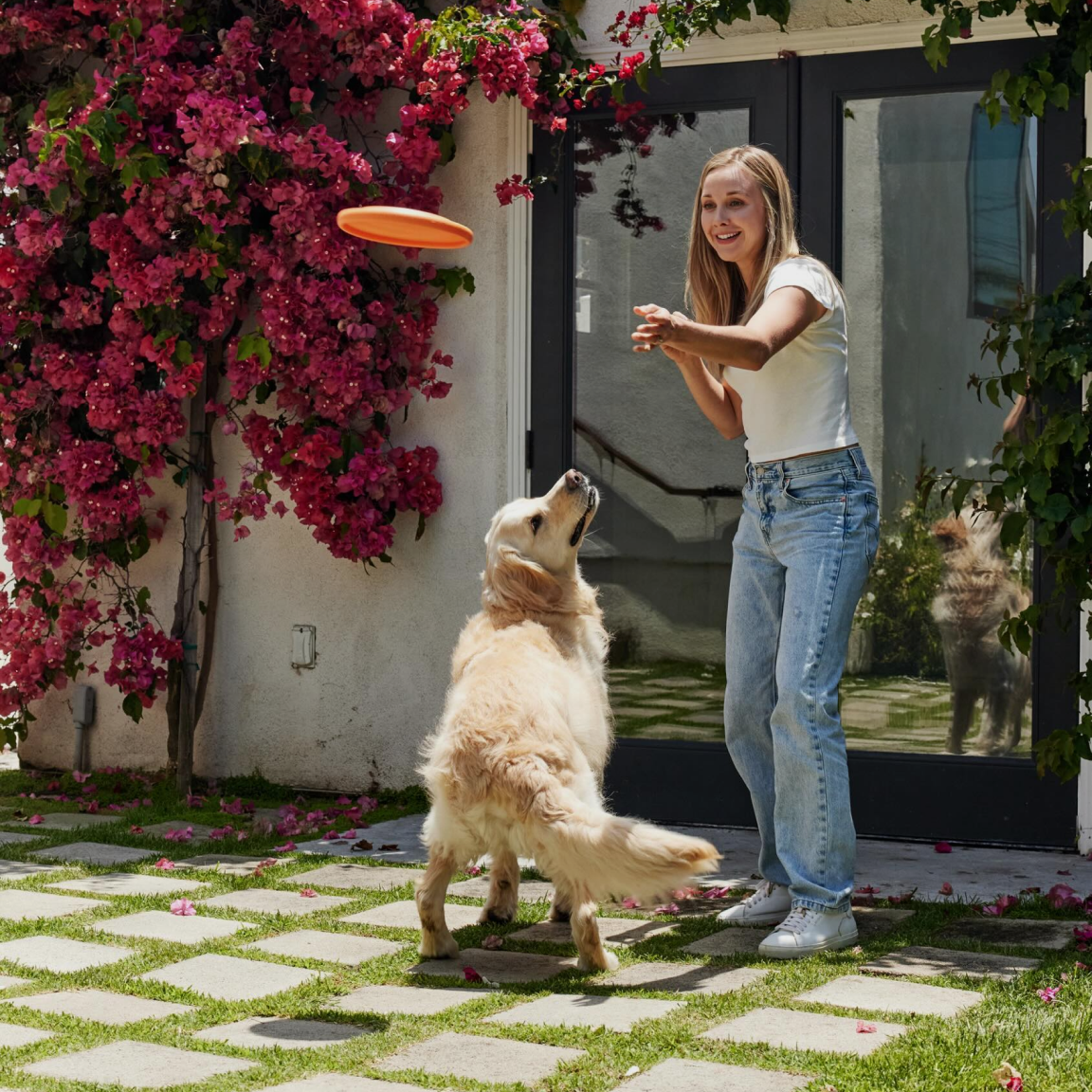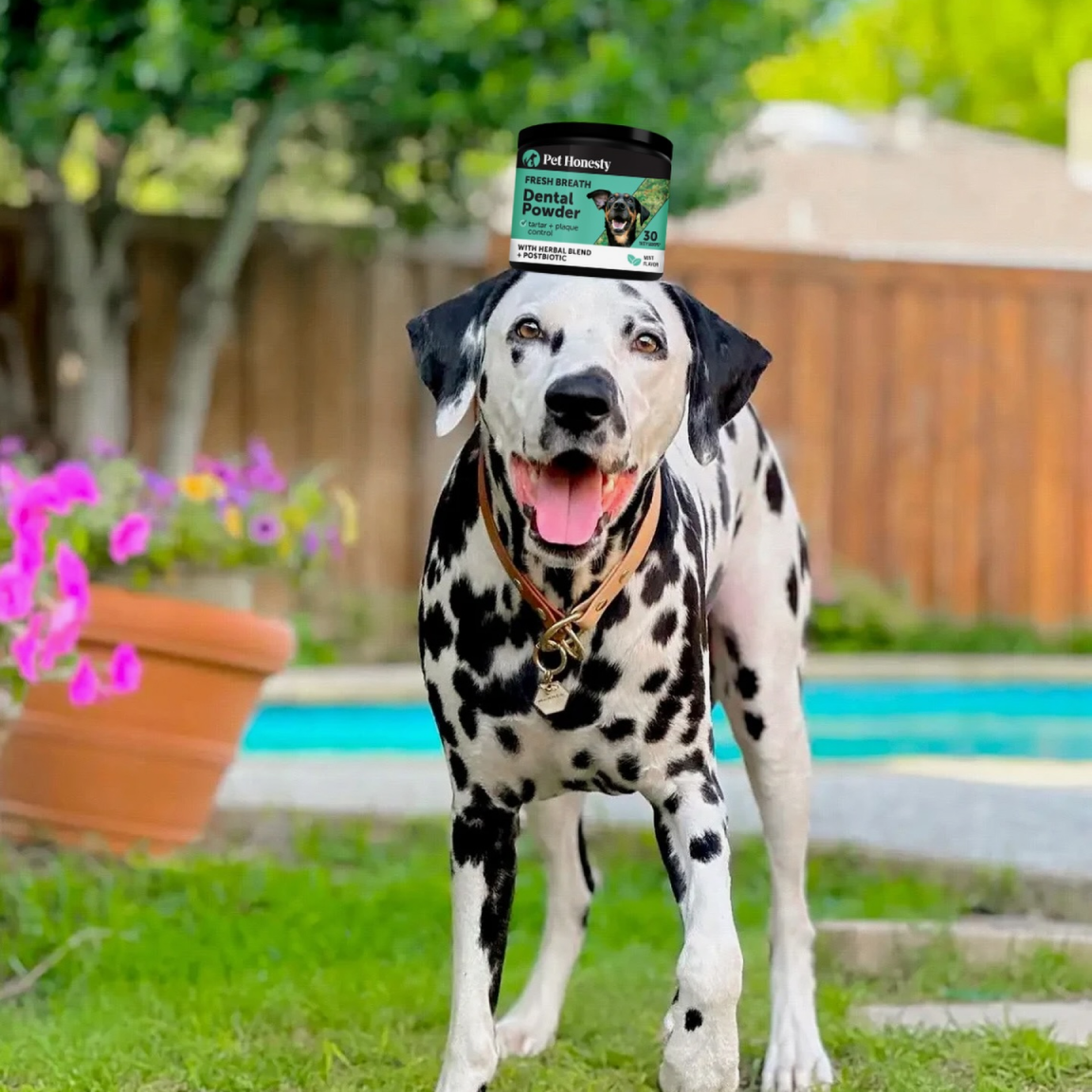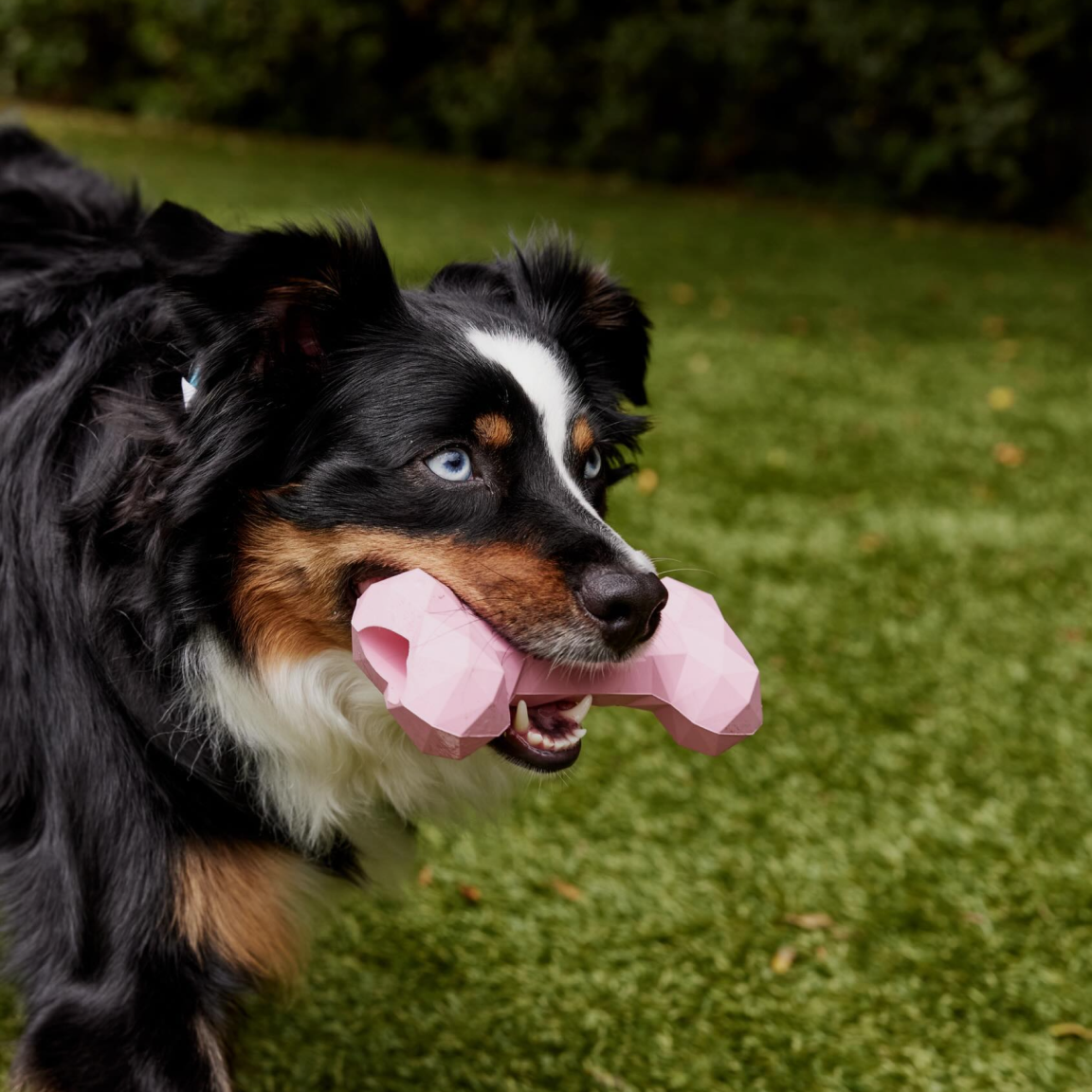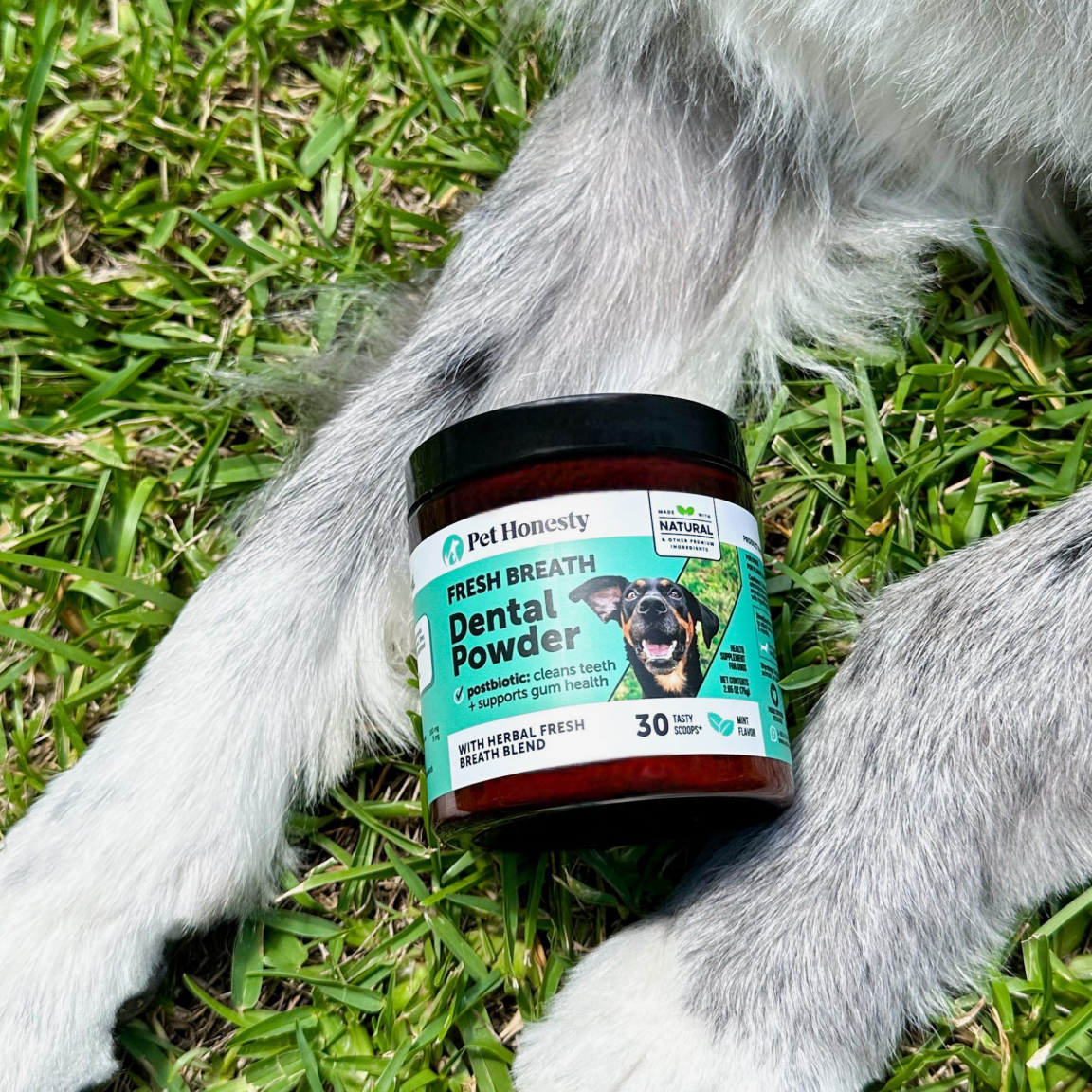Why Is My Dog Peeing So Much? 7 Possible Reasons You Should Know
Your dog has to go out ... again.
If you’re finding that your dog is desperate to pee so frequently that it’s beginning to get worrisome, you’re not alone. Many pet parents share this concern.
Just because this is a common concern doesn’t mean that it’s something that should be ignored. Some changes in bathroom habits are completely normal, but excessive urination can indicate something isn’t quite right. Frequent urination in dogs can signal underlying health or behavioral issues that warrant a trip to the vet.
There are plenty of reasons why your dog's excessive urination might seem dramatically different from other dogs. Age, breed, diet, and medical conditions can all affect how often — and how much — a dog urinates. Instead of comparing your dog to others, it’s better to closely monitor your furry family member to identify changes from one day to the next.
In this article, we discuss in detail the seven most common reasons why your dog’s frequent urination is happening. But first, let’s look at what is considered normal.
How Long Can a Dog Go Without Urinating?
The time between outside visits to pee is as individual for dogs as it is for humans. However, in general, frequency depends on several factors:
-
Age
-
Breed
-
Size
-
Activity level
-
Diet
-
Hydration
Puppies and younger dogs have smaller bladders and are just learning to regulate their urination. They’ll usually need to go outside every one to two hours, especially as you housetrain them.
Adult dogs can usually hold their urine for around six to eight hours, meaning they’ll need to go out three to five times a day. Healthy senior dogs require even fewer visits.
Smaller dogs also have smaller bladders, so they’ll naturally need to go more frequently to avoid leaking urine. Active dogs usually drink more water, requiring them to pee more often.
Dogs requiring high-protein or high-sodium diets will also tend to pee more often. This is healthy, although you’ll want to make sure they get enough fiber. Pet Honesty’s fiber powder supplement can help.
7 Reasons Why Your Dog’s Urinating Too Much
If your dog is dripping urine or begging to go out more frequently, it may indicate an underlying medication condition. Here are seven of the most common reasons dogs urinate too much.
1. Urinary Tract Infections
A urinary tract infection, commonly known as a UTI, is typically caused by a bacterial infection such as E. coli. However, UTIs can also form from bladder stones or crystals of minerals in urine.
Along with frequent urination, your dog may also seem to be straining to pee or have pain during the process. You may notice blood in the urine or a foul smell. Other signs of urine infection in dogs include increased thirst and, sometimes, excessive licking of their genitals.
If you notice any of these symptoms, make an appointment with a vet right away. Your dog will require a physical exam and analysis of a urine sample. If a vet diagnoses a UTI, your dog will be prescribed antibiotics and pain relievers. The veterinarian may also recommend dietary changes or a supplement like Pet Honesty’s Bladder Health Cranberry.
2. Diabetes
Diabetes, a condition in which your dog cannot process glucose normally, is usually diagnosed in dogs between seven and 10 years old. Female dogs are twice as likely to be diagnosed with diabetes as male dogs, and it’s also more common in obese pets.
Increased urination, coupled with excessive thirst, is a common early symptom of diabetes that is often overlooked. Other signs include weight loss, lethargy, cloudy eyes, and chronic infections.
The earlier a dog is diagnosed, the easier it will be for your vet to get them on a treatment plan to stabilize their blood sugar.
3. Kidney Disease
Also known as renal disease, kidney disease in dogs occurs when their kidneys lose the ability to filter waste from the blood. This condition sometimes comes on gradually with the natural aging process, while other times, it happens due to injury due to infection or trauma.
Increased thirst and urination are early warning signs of kidney disease. Also, look for vomiting or diarrhea, bad breath, loss of appetite, and pale gums. If you see any of these symptoms, bring your dog to the vet for blood tests, urine analysis, and imaging tests to check the size and shape of the kidneys.
Treatment for kidney disease usually includes medication and dietary changes. Of course, it’s best to prevent this condition., so talk to your vet about including a Pet Honesty multivitamin in your dog’s diet.
4. Hormonal Imbalances
Some dogs are genetically predisposed to having a hormone imbalance, but this condition can also come as a result of age, infections, tumors, and nutritional deficiencies. Excessive urination is a common symptom, as are skin problems, heat intolerance, and weight changes.
A vet must perform a physical exam and order blood tests to diagnose this.
5. Anxiety
Sometimes, a dog’s anxiety will get the best of them. It’s not so much that they have to physically empty their bladder, but rather that they fear they’ll make a mess indoors. If you’ve been wondering how to stop your dog from urinating in the house or what neutralizes dog urine, you may have an anxious dog.
Anxiety is a condition requiring patience, kindness, and a firm yet loving strategy for behavior modification. Talk with your vet about this process, and consider adding Pet Honesty’s Hemp Calming Max Strength treats to help your dog relax.
6. Medications
Your dog urinating more often is a common side effect of some medications. Prescriptions like diuretics, corticosteroids, and anti-seizure drugs may make your dog pee more often. In this case, monitor your dog’s water intake and urine color. Your vet will have a dog urine color chart to help you see if there is another cause for the excessive urination.
7. Excessive Water Intake
If your dog just exercised, it’s normal for them to drink up. But if they are excessively thirsty — and going out more — it could be a sign of one of the previous diseases. Cushing’s disease and liver problems are other reasons for excessive water consumption.
If this continues, bring your dog to the vet for a diagnosis and treatment plan.
Schedule Routine Check-Ups
Pet parents who closely monitor their dogs usually know when something isn’t right. Still, it’s a good idea to schedule routine veterinary checkups to ensure early detection and treatment of potential health concerns.
Also, check out Pet Honesty’s blog to learn more ways to keep your dog healthy and happy for life.



